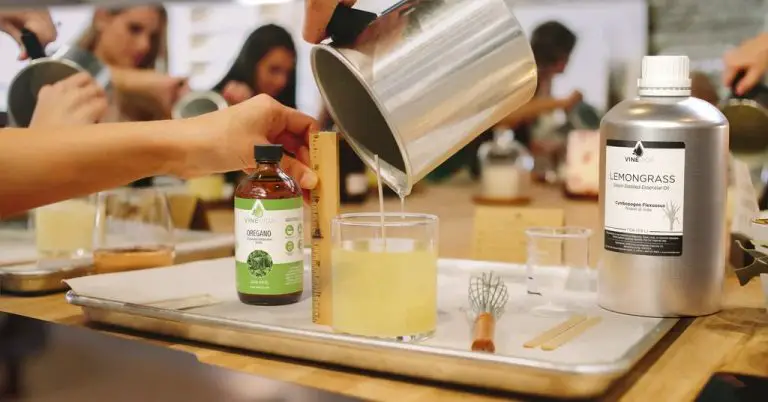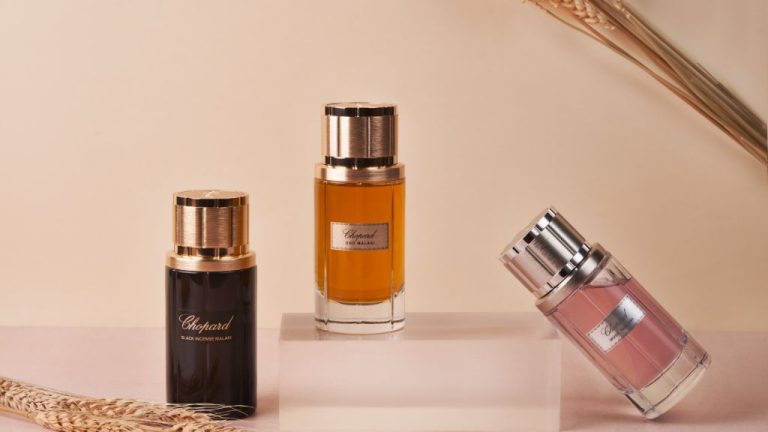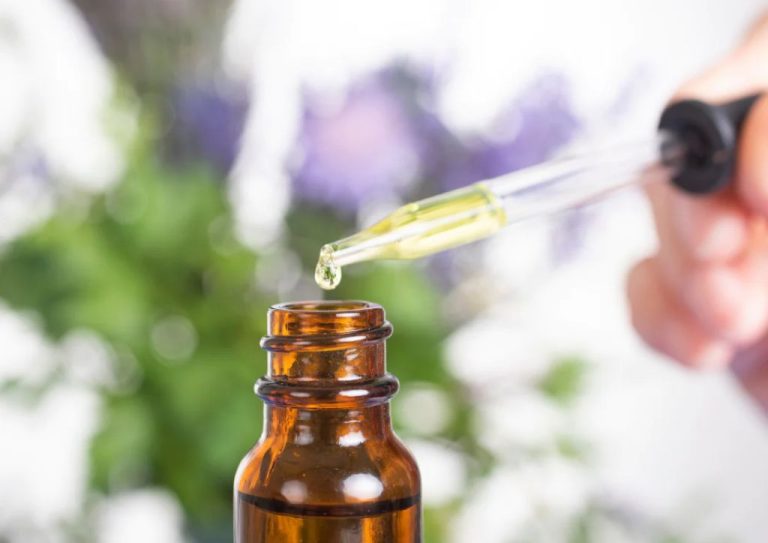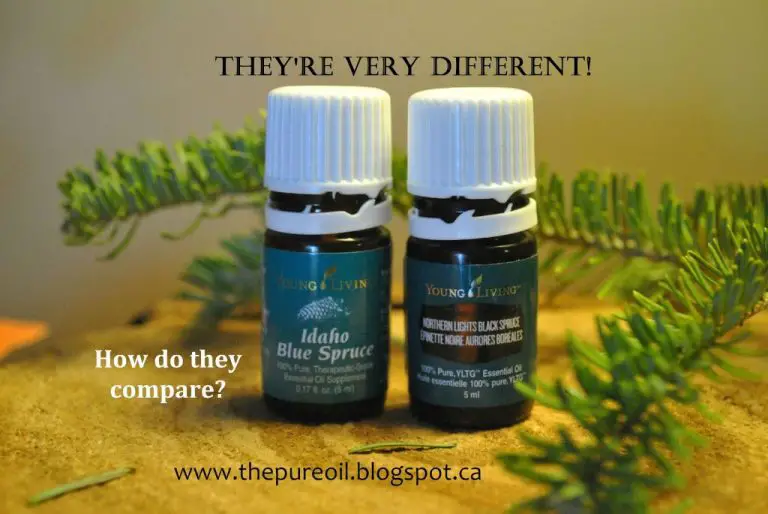What Is Cotton Candy Oil?
What is Cotton Candy Oil?
Cotton candy oil is a scented fragrance oil that replicates the sweet aroma of spun sugar cotton candy. It typically contains a proprietary blend of fragrance ingredients like vanilla, bubblegum, strawberry, raspberry, and blueberry floral notes designed to mimic the classic county fair treat [1].
To make cotton candy oil, fragrance chemists start with a base of carrier oils like fractionated coconut oil or sweet almond oil. They then expertly blend aromatic compounds like ethyl maltol, benzaldehyde, strawberry furanone, raspberry ketone, gamma decalactone, vanillin, and others in precise proportions to achieve the perfect cotton candy scent profile [1] [2].
The main ingredients in cotton candy oil are the proprietary fragrance blends added to a carrier oil base. The specific ingredients and ratios make each company’s version unique.
History
Cotton candy was first invented in 1897 by William Morrison and John C. Wharton. They worked together to create a machine that could spin sugar into fluffy strands that resembled cotton. It was first introduced at the 1904 World’s Fair in St. Louis, Missouri and became wildly popular. The origins of spun sugar confections can actually be traced back to the 19th century in Europe, where they were labor intensive and expensive to make. Morrison and Wharton’s machine allowed cotton candy to be produced easily and efficiently, making it accessible and affordable. This new confection was originally called “Fairy Floss” and helped launch the modern cotton candy industry as we know it today. [1]
Making Cotton Candy Oil
Making cotton candy oil at home is relatively easy with some basic equipment and ingredients. Here is what you’ll need:
- Carrier oil – Common choices include fractionated coconut oil, sweet almond oil, or grapeseed oil (https://alifeadjacent.com/cotton-candy-essential-oil/)
- Glass bowl
- Spoon
- Small glass jars or bottles for storing
- Funnel (optional)
- Essential oils like vanilla, strawberry, sweet orange, etc.

Follow these steps:
- Choose your carrier and essential oils. Popular options are 2 parts fractionated coconut oil, and 1 part each of vanilla, strawberry and sweet orange oils. (https://www.countryhillcottage.com/cotton-candy-essential-oil/)
- Add the carrier oil to a glass bowl first, then add in several drops of each essential oil.
- Use a spoon to stir the oil blend for 1-2 minutes to fully incorporate.
- Use a funnel if needed to transfer the cotton candy oil into storage jars or bottles.
- Label your cotton candy oil blend. Store in a cool, dark place for up to 6 months.
Making your own cotton candy scented oil at home is cheap and easy. Adjust the oils and quantities to create your own perfect sweet scent.
Uses
Cotton candy oil has a variety of uses, especially in cooking, baking, and cosmetics:
Cooking/Baking
Cotton candy oil is commonly used to flavor and add aroma to baked goods like cakes, cupcakes, cookies, frostings, and icings. It can also be used in candy making, ice cream, beverages, and more to replicate that classic cotton candy sweetness [1].
Cosmetics
In cosmetics, cotton candy oil can be used to scent body lotions, shower gels, perfumes, lip glosses, and more. The sweet candy aroma makes it popular in youthful, playful beauty products.
Other Applications
Cotton candy oil is also used to flavor tobacco products like vape juices and hookah shisha. Some even use it to scent homemade candles or room fragrances.
Flavor and Aroma
Cotton candy oil has a very sweet, sugary taste that is reminiscent of spun sugar confections like cotton candy or candy floss. The flavor is often described as light, airy, and delicate. There are typically strong vanilla notes as well as hints of fruit flavors like strawberry, raspberry, or blueberry. The vanilla pairs well with the sweet sugary taste to create a dessert-like cotton candy flavor profile. According to Lorann Oils, their cotton candy flavoring extract has a “lighter-than-air cotton candy flavor [that] takes you back to care-free days filled with sunshine, laughter, and treats made of spun sugar.”
The aroma of cotton candy oil also mirrors the sweet sugary cotton candy treat. There are pronouced notes of vanilla and berries when smelling cotton candy oil. The aroma is sweet, delicate, and highly nostalgic for many people as it can transport them back to childhood memories of eating cotton candy at amusement parks or fairs.
Color
Cotton candy oil is known for its pastel and vibrant colors. Typically, cotton candy oils come in shades of light and bright pink, blue, and purple Cotton Candy Fragrance Oil. The pink cotton candy color is the most iconic and popular. The light, milky colors reflect the airy, fluffy texture associated with traditional spun sugar cotton candy treats. While traditional cotton candy is made from pure white sugar, cotton candy oils derive their colors from added dyes and pigments. Vibrant pinks come from red dye or carmine. Blues and purples are achieved with natural plant-based pigments like blueberry, blackberry, violet, and hibiscus.
Texture
Cotton candy oil has a light, fluffy appearance reminiscent of cotton candy itself. The oil contains no water and has an extremely low density, giving it an airy, cloud-like look. When mixed or agitated, the oil quickly dissolves into a liquid state. The low viscosity results in an oil that pours and spreads easily. However, the oil’s structure remains delicate and the fluffy visual effect returns shortly after mixing stops. This creates an oil with an intriguing duality – solid yet liquid, sturdy yet fragile.
The unique texture results from cotton candy oil’s lack of water and small molecular structure. With less density than a typical oil, the molecular chains are able to capture and reflect light, creating an opaque, frothy appearance. But the molecular chains also slide apart easily when disturbed, allowing the oil to temporarily liquefy. Cotton candy oil’s one-of-a-kind texture makes it delightful to look at and play with.
Nutritional Value
Cotton candy is very high in sugar but contains minimal nutritional value. According to the nutrition facts label from Cotton Candy Extract by LorAnn Oils [1], a typical serving of cotton candy contains 0 calories, 0g of fat, 0g of carbohydrates, and 0g of protein. The high sugar content comes from sucrose, glucose, and fructose which gives cotton candy its characteristic sweet flavor. However, since cotton candy contains no other nutrients, vitamins, or minerals, it is considered a low-nutrient food.
Research from Hostess Brands [2] shows that a 31g serving of cotton candy contains 31g of sugar and 0g of dietary fiber. The rest is made up of small amounts of complex carbohydrates. So while cotton candy tastes sweet and indulgent, it does not provide much nutritional benefit beyond calories from sugar.
Popularity and Trends
Cotton candy oil has been gaining popularity in recent years, especially on social media. Chefs, food bloggers, and influencers have embraced cotton candy oil for its novel flavor and eye-catching pastel colors.
According to data from TasteWise.io, cotton candy has seen a -61.61% decrease in popularity over the past year. However, interest seems to spike around carnivals, festivals, and other seasonal events where cotton candy is commonly found. On average, cotton candy is consumed 1.26 times per year in the U.S. (1)
On Instagram, hashtags like #cottoncandyoil and #cottoncandyflavor have thousands of posts showing off cotton candy inspired cakes, drinks, and other treats. The colorful oils create a fun, whimsical aesthetic that attracts viewers on social media.
Food bloggers praise cotton candy oils as a way to add nostalgic sweet flavor to everything from ice cream to cocktails. The oils tend to be concentrated, so a little goes a long way in providing intense cotton candy taste. Chefs have used the oils in molecular gastronomy to create foams, gels, and other innovative dishes.
As videos and photos spread on social media, cotton candy oil looks to gain more mainstream appeal beyond professional chefs. The oils make it easy for anyone to incorporate cotton candy flavor into homemade recipes.
DIY Recipes
Making your own cotton candy oil at home is easy and fun. Here are some tips for creating your own homemade cotton candy scent:
Start with a base oil like jojoba, sweet almond, or fractionated coconut oil. Make sure to use a light, odorless carrier oil as your base.
Add in cotton candy essential oil blends. Some popular blends include mixing vanilla extract or vanilla oleoresin with sweet fruity oils like ylang ylang, bergamot, and lemon. Peru balsam and tonka bean also add a sweet, cotton candy-like aroma.
Use approximately 15-25 drops of essential oil blend per 1 ounce of carrier oil. Start with less and add more if needed.
Consider adding a touch of non-oil ingredients like honey, maple syrup, or vanilla extract to enhance the candy scent.
Shake or stir well before each use to disperse the oils evenly throughout the blend.
Store cotton candy oil in a dark glass bottle away from heat and light to preserve the scent. It can last for several months if stored properly.
Use cotton candy oil as a luxurious body oil, add it to lotions or creams, or even create room mists by adding to water in a spray bottle.
Customize your cotton candy fragrance by experimenting with different essential oil combinations until you find your perfect sweet treat scent.






